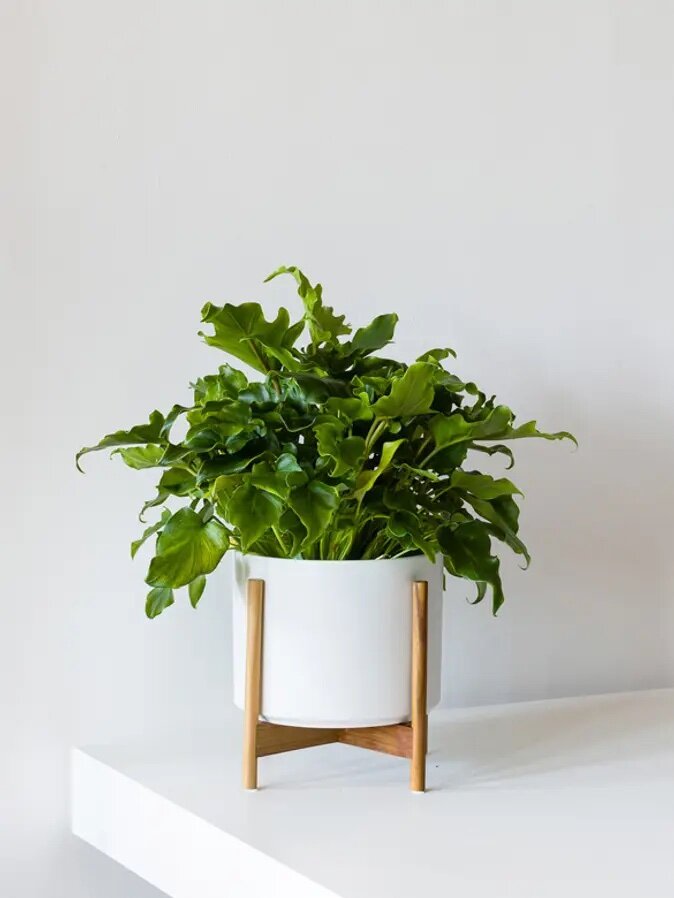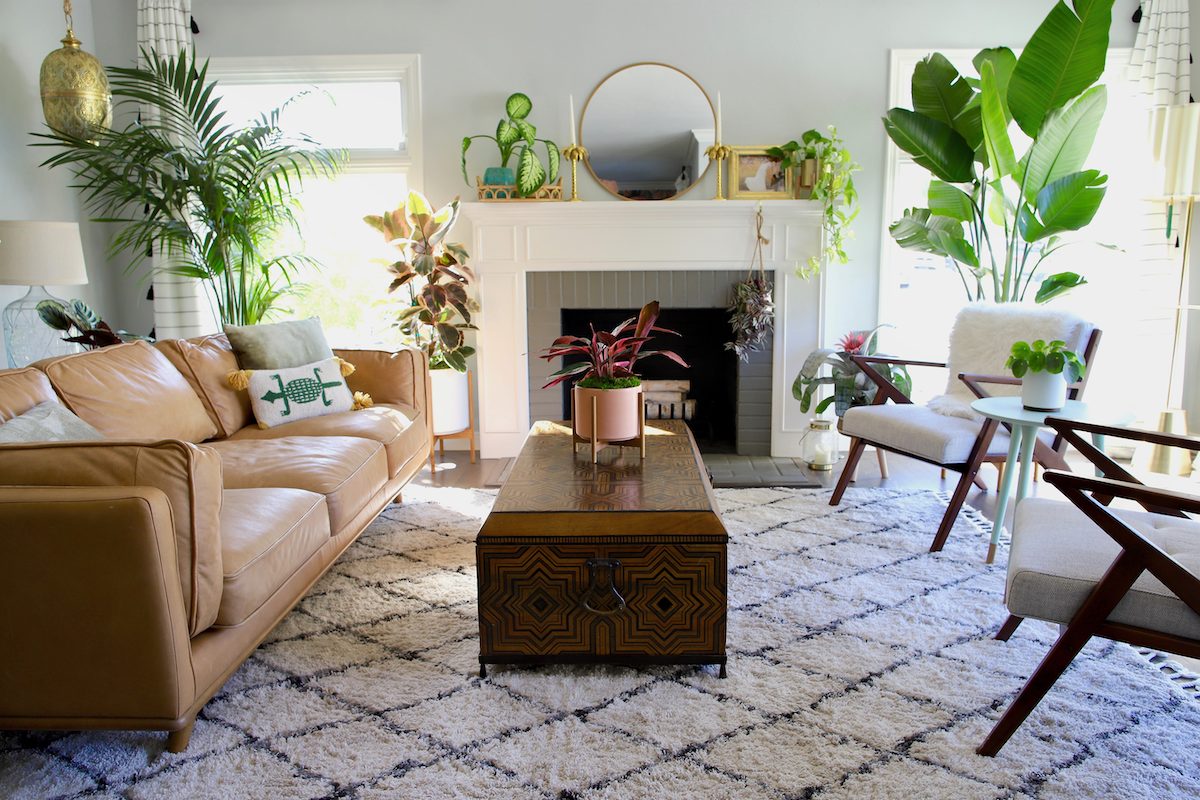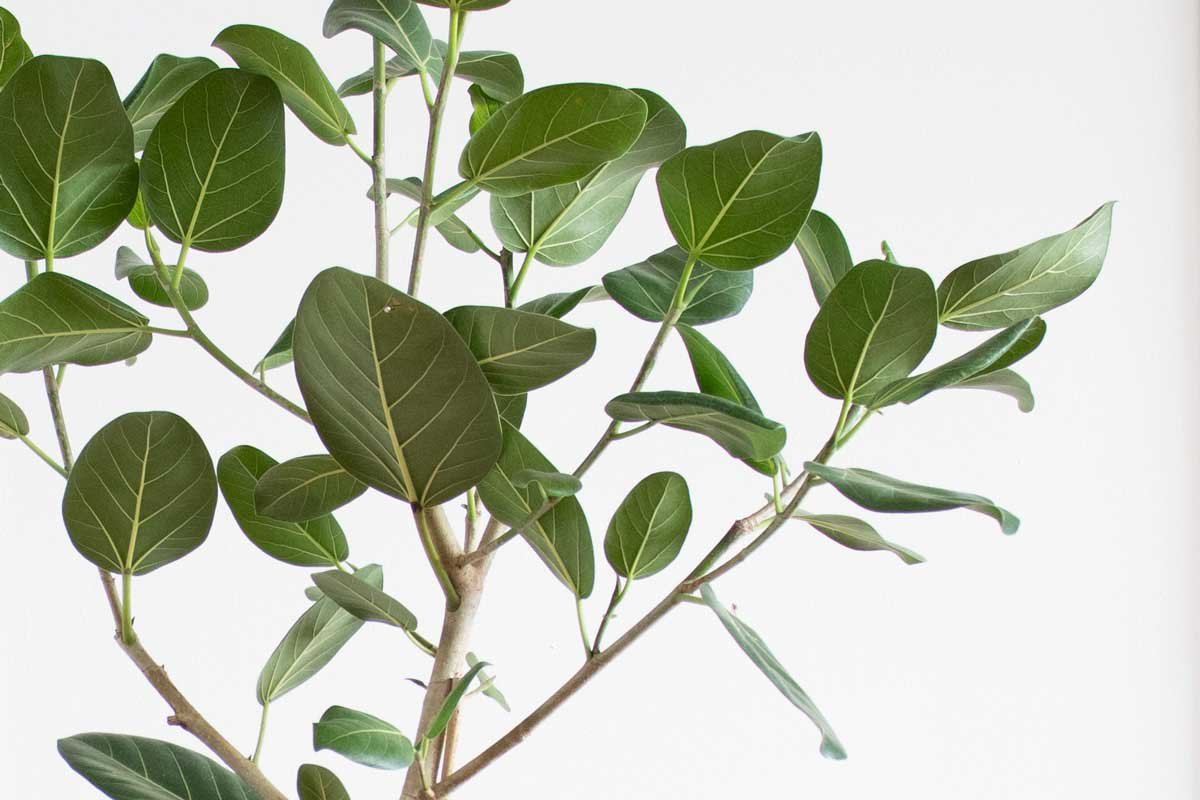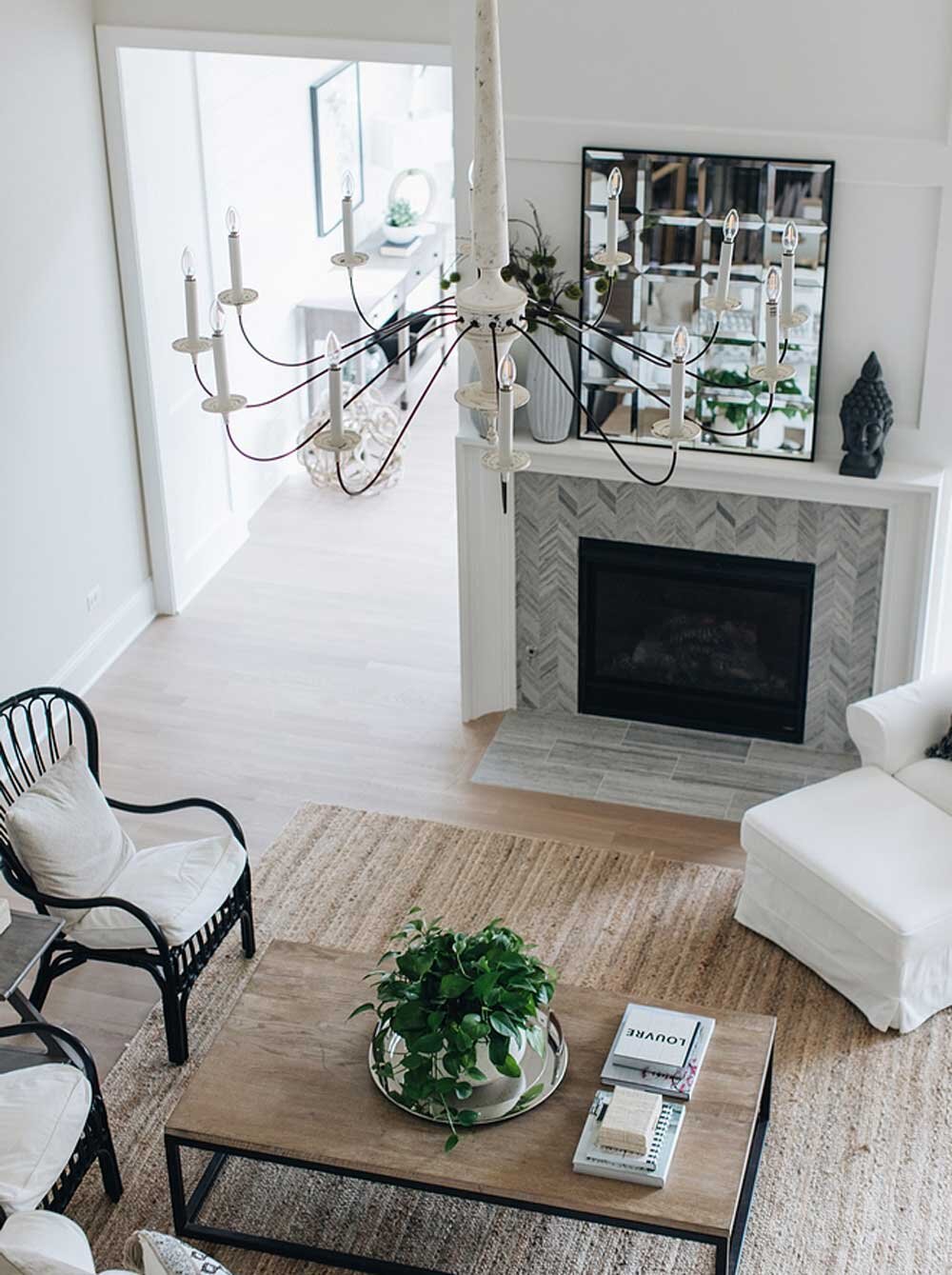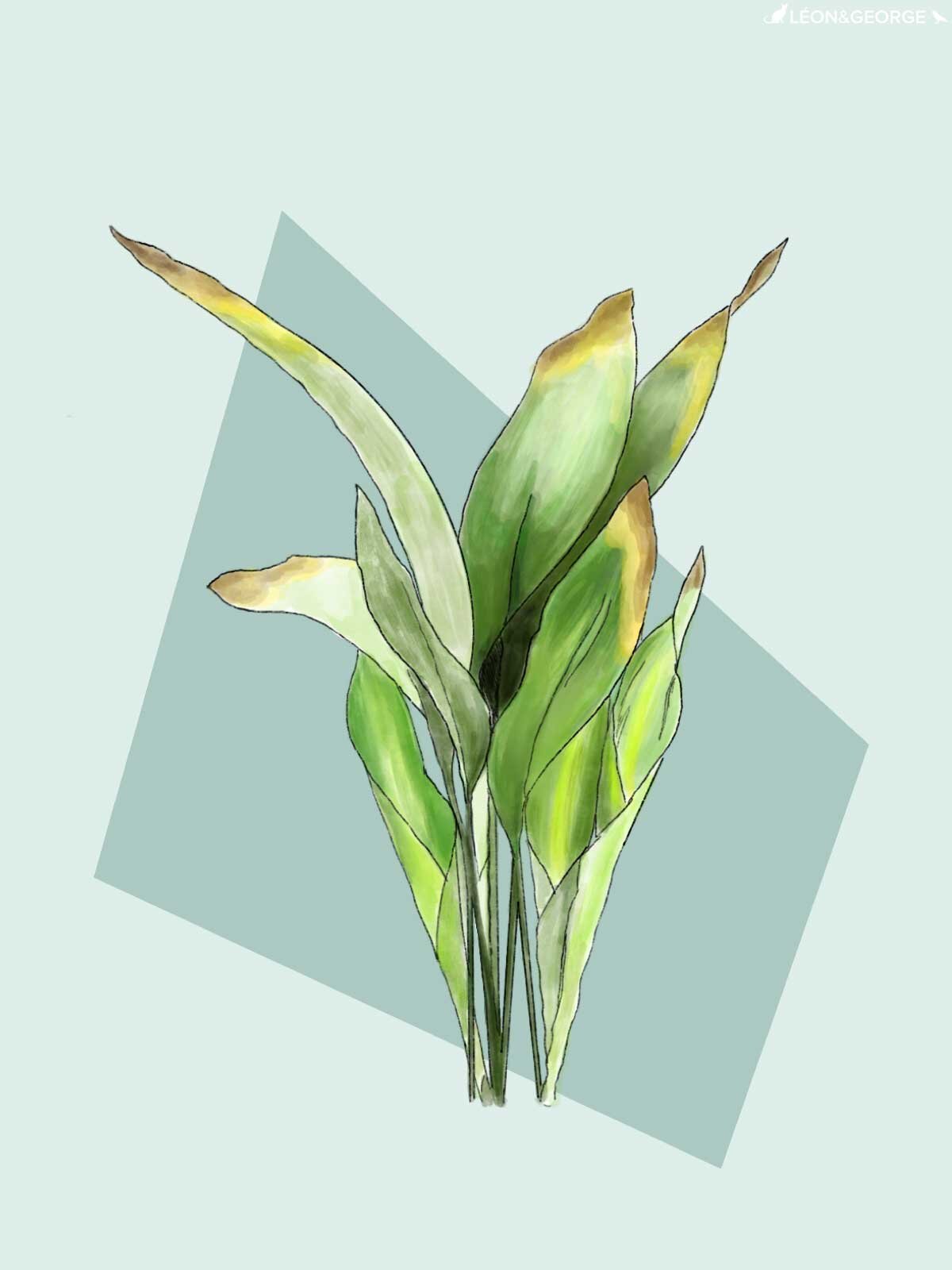Why are my Zanzibar Gem’s Leaves Yellowing?
Zanzibar Gems have no shortage of fabulous, textural foliage, and these deep, emerald-toned leaves are its most beloved characteristic. With that in mind, it makes perfect sense to feel concern if you notice discoloration or yellowing. Luckily, yellowing foliage on your Zanzibar Gem is an easy fix! Read on to learn the common causes and solutions for yellowing leaves on your Zanzibar Gem.
Normal Leaf Shedding
It’s normal for Zanzibar Gems to shed older leaves from time time, so if you notice that your Zanzibar Gem has a small number of yellow leaves, you can simply pluck them off, or trim them as close to the branch as possible with clean, sharp scissors or shears.
Overwatering
If you notice more than a small amount of yellowing leaves, inspect your Zanzibar Gem for signs of overwatering such as soft, mushy stalks and waterlogged, very wet soil.
If you see these signs, remove your plant (still within its plastic nursery pot) from its ceramic planter. Check the ceramic planter for excess water and, if any has pooled inside of it, pour that water out. Keep your Zanzibar Gem out of the ceramic planter until its soil dries entirely.
You will also want to remove any dead, yellow leaves and mushy stalks or roots at this time.
It may take a few weeks to a month for your Zanzibar Gem’s soil to dry entirely, but don’t worry, your plant does not need more water during this time.
Once it has fully dried, you can return it to its ceramic planter and re-initiate your watering regimen, of watering only when the top two inches of its soil, below the decorative moss, are entirely dry.
Consider a Moisture Meter
Moisture meters are a handy, easy-to-use tool that allows you to determine your plant’s moisture level with no fuss.
You simply push the meter deeply into your plant’s soil (be mindful not to hit your plant’s roots with the meter on the way down) and read its sensor window. When your plant’s soil is moist, the window will appear blue. When the soil is dry and your plant is ready for water, the window will appear white.
Moisture meters are affordable and available in the same sizes as your Zanzibar Gem: Small, Medium, and Large.
If In Doubt, Reach Out!
Yellow leaves are typically not a sign of a serious health problem, and can simply be removed. However, if you are concerned that your Zanzibar Gem is showing other signs of distress, or if it is delivered with a high degree of discoloration, our Plant Doctor Service can provide guidance. Simply sign in to your Léon & George account, select “Contact Plant Doctor” and provide photos.

















